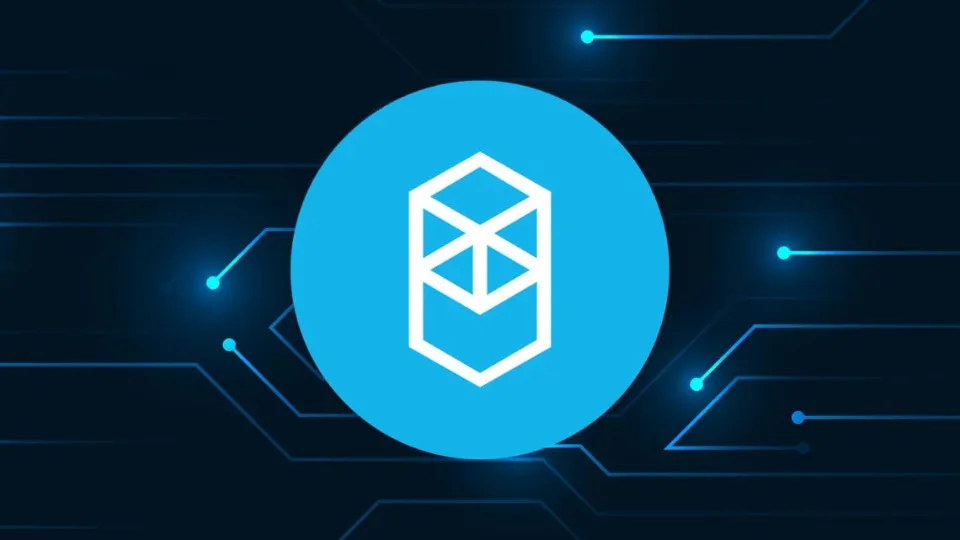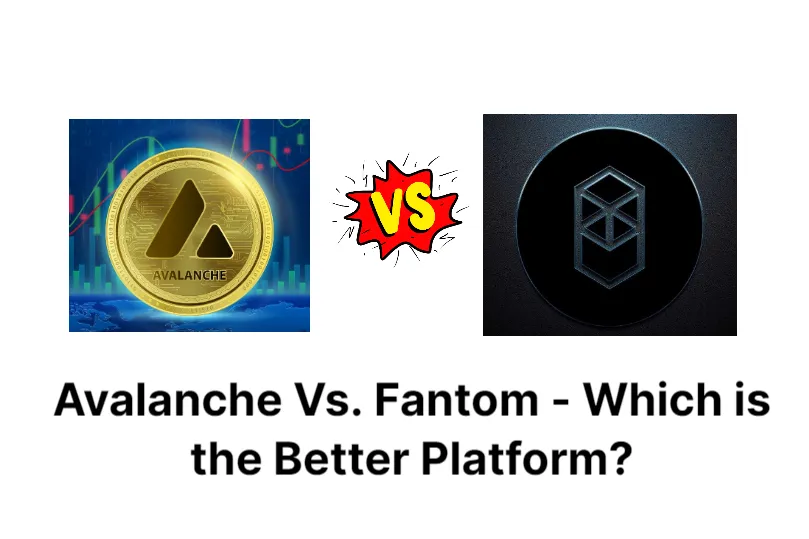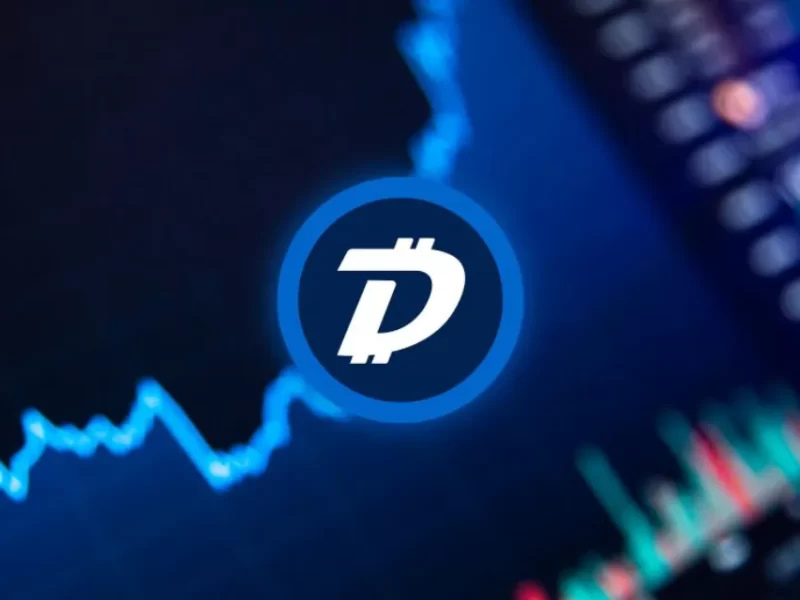You need to dig deeper into the objectives and purposes of each project to fully grasp the key distinction between Avalanche (AVAX) and Fantom (FTM).
Avalanche is a popular multi-chain DeFi ecosystem, whereas, Fantom seeks to provide a decentralized infrastructure to power future smart cities and other web3. 0 applications.
Both projects are popular and show potential. Discover all there is to know about Avalanche vs. Fantom.
What is Avalanche?

Avalanche was built to provide some advantages to developers and users. One way the network does this is by using a multi-layer strategy to lower costs, enhance interoperability, and give the market more programmability. A direct and dependable option for peer-to-peer electronic value transfer is also offered by the system to users.
Developers can create dApps using a variety of methods thanks to Avalanche. The EVM is one of the virtual machines that can be used thanks to the network. With the help of this tactic, more developers will be able to enter the market and produce dApps that are more adaptable and useful.
What is Fantom?

An all-encompassing DeFi ecosystem is Fantom. The protocol offers options for both users and developers who want to have access to the newest market functionalities. Fantom leverages some unique protocols to remain ahead of the competition. It is the first smart contract platform to be based on a Directed Acyclic Graph (DAG), for starters.
The use of DAG technology enhances scalability on all fronts. To achieve its objective of widespread adoption, the network’s developers wanted to make sure it remained scalable. The team went as far as to label the blockchain the “nervous system of tomorrow’s smart cities.”
Also Read: Crypto Compare Guide 2023 – Exchanges, Wallets, Tokens & More
What Problems Was Avalanche Built to Alleviate?
Avalanche was created to address the problems that developers and users encounter most frequently today. The network reduces fees and offers users a streamlined experience compared to earlier networks. With network transaction times of less than a second, Avalanche is incredibly scalable. Notably, Avalanche is capable of vertical scaling. The network is currently running at 6500 tps, which makes it faster than the majority of current networks.
By implementing a deflationary fee structure, Avalanche aims to allay users’ concerns about inflation. Due to the fact that all AVAX fees are burned, the market’s overall supply of it is decreased. A higher value for the tokens results from this action, which increases demand. Over the past year, the network has been able to increase its market share of the Ethereum market thanks to this fee structure and the network’s extremely low gas fees.

What Problems Was Fantom Built to Alleviate?
Fantom was created to allay some very real worries that today’s cryptocurrency users have. The DAG structure of the protocol allows for highly scalable scaling, which can occur exponentially. This structure also enables Fantom users to enjoy near zero fees on transactions.
By including an EVM-compatible structure, Fantom aids in easing the onboarding process for Ethereum developers. Since developers can use their preferred Ethereum features when creating, more developers are likely to use the network. The protocol has a more sustainable design than its rivals thanks to its energy-efficient structure.
How Does Avalanche Work?

Three different blockchains are utilized by Avalanche, which has a multi-layered design and uses them all in concert to give users a good experience.
X-Chain
One of the best features of Avalanche is that creators can incorporate legal compliance right into their networks and tokens. Avalanche’s “X-chain,” as it is known, is used to manage regulatory compliance networks.
C-Chain
The ecosystem’s C-chain, which resembles the developer tools available on the Ethereum network, is an additional crucial component. As a result, it makes it simple for Ethereum developers to move their business to the Avalanche network or grow it there. Utilizing a different blockchain for these options enhances the capabilities of the entire network and represents a novel market structure.
P-Chain
The P-chain is responsible for all administrative options. The management and creation of additional blockchains built on top of Avalanche are handled by this layer. The network gives the entire system visibility and control. This layer also enables users to stake AVAX and secure passive returns.
How Does Fantom Work?

As a peer-to-peer blockchain, Fantom uses a number of layers to maintain its decentralization and security. The first layer of Fantom is called the Opera Layer. Consensus upkeep across all networks and the mainnet is its responsibility. As a result, this layer is highly interoperable and gives you access to a number of tools that will enhance your monitoring capabilities.
The Opera Ware Layer is the following layer. This protocol is used to keep track of all previous network and subnet activity. This structure enhances the performance of the entire blockchain because it makes use of a technology known as story data.
Most users will communicate with Fantom at the application layer. Options like APIs and other developer-focused features are handled by this layer.
fLend
Access to a p2p DeFi lending pool is provided by the fLend protocol. Users can lend out their crypto and retain ownership of their assets while securing returns. Interest is generated by the lending pool to help make up for any late payments. In addition, the network has a balance system that cancels loans early if provided collateral loses value.
Conclusions

In terms of wallet compatibility, scalability, governance, recent developments, and a more compatible coding language, Fantom prevails after careful consideration of each point.
Avalanche, on the other hand, is supported by a larger and more varied team. Additionally, it’s easier to become a node validator, and AVAX has a longer path to encouraging protocols or users to expand the ecosystem.



